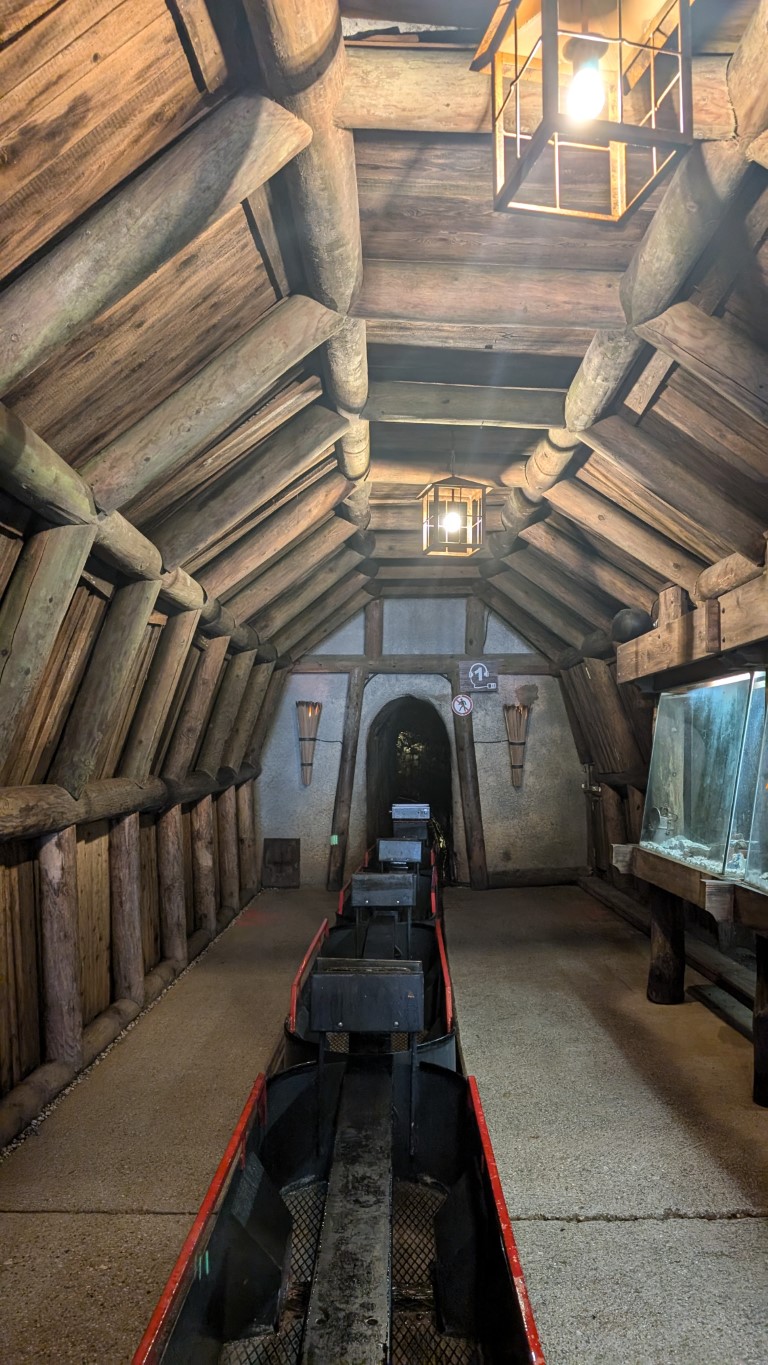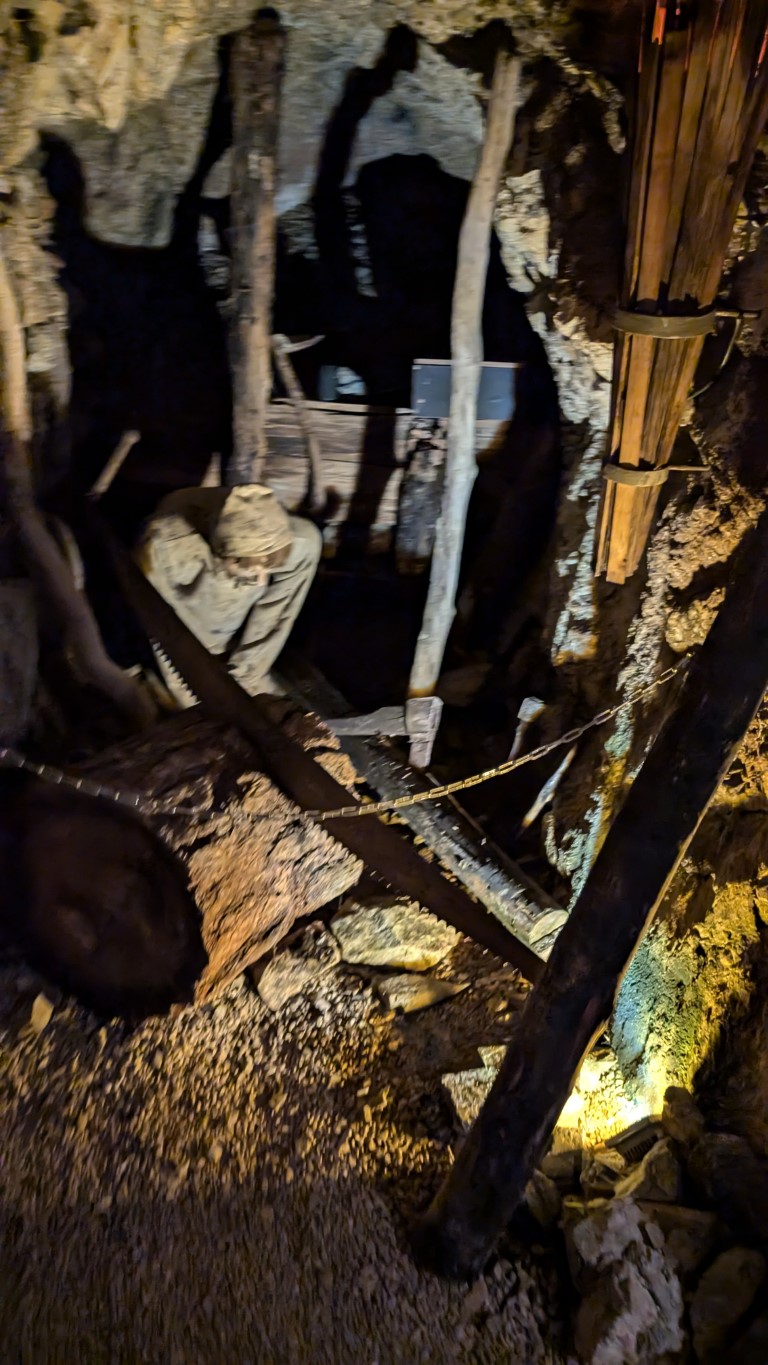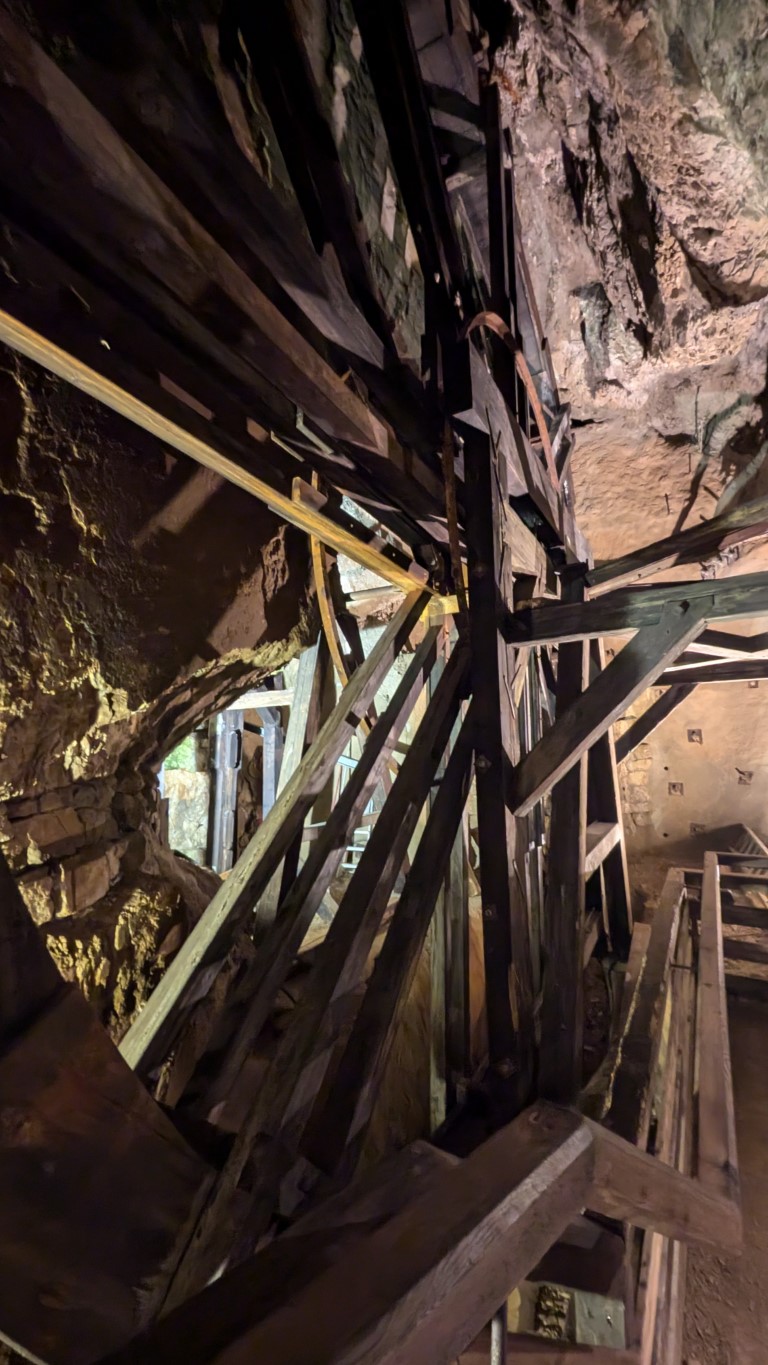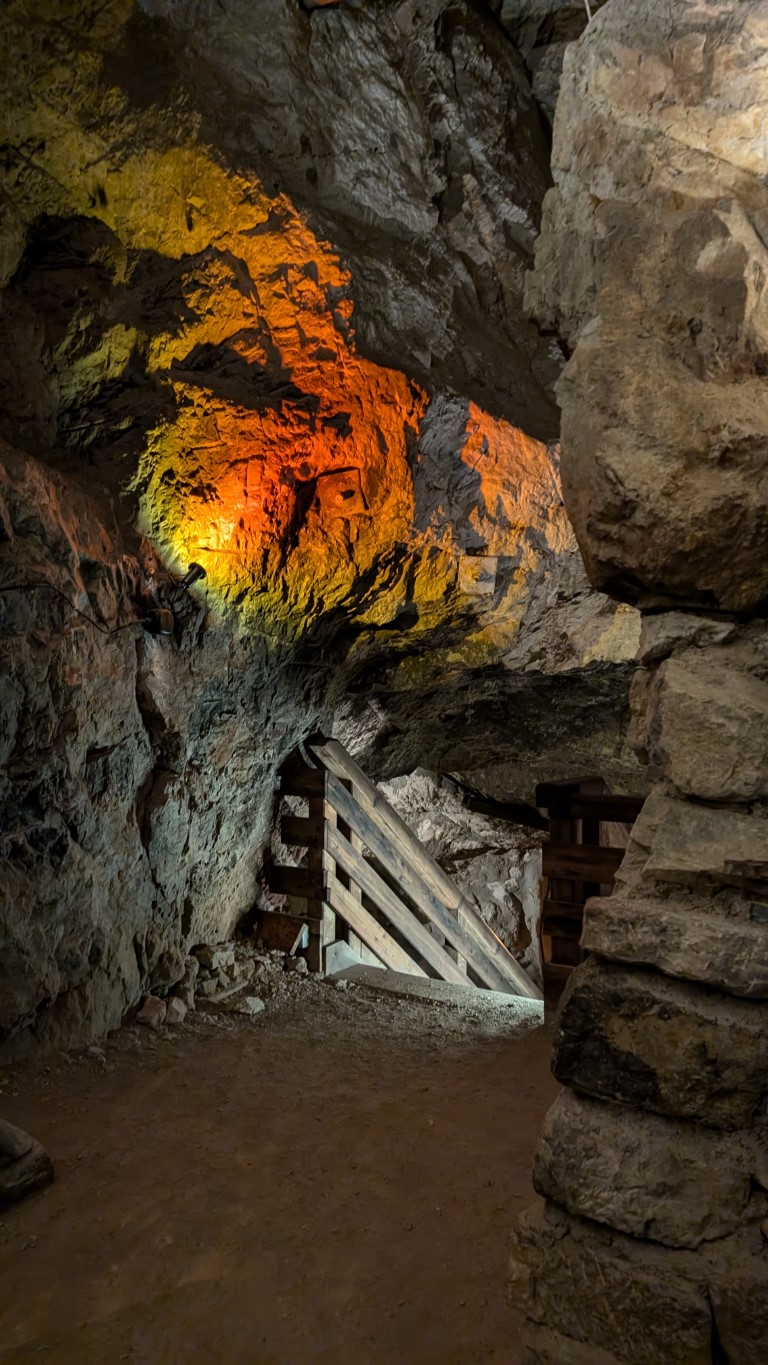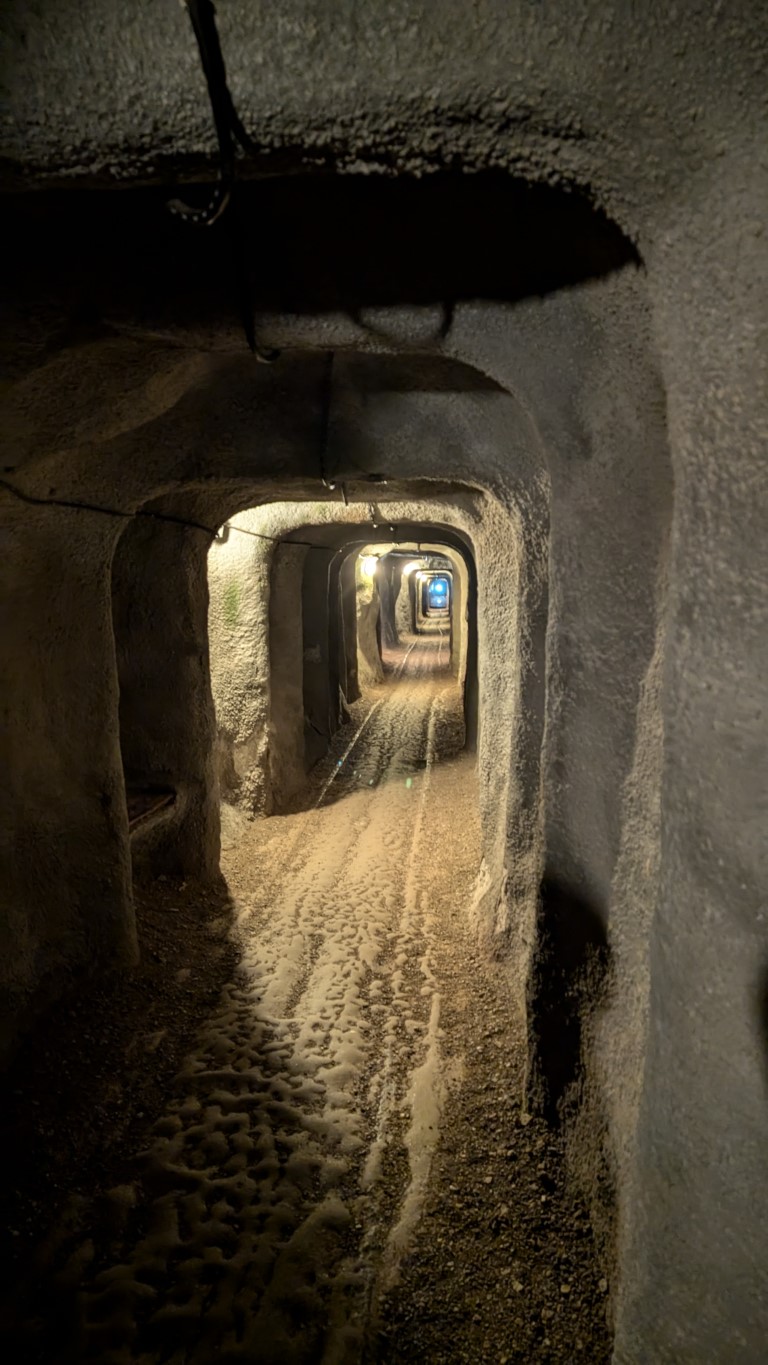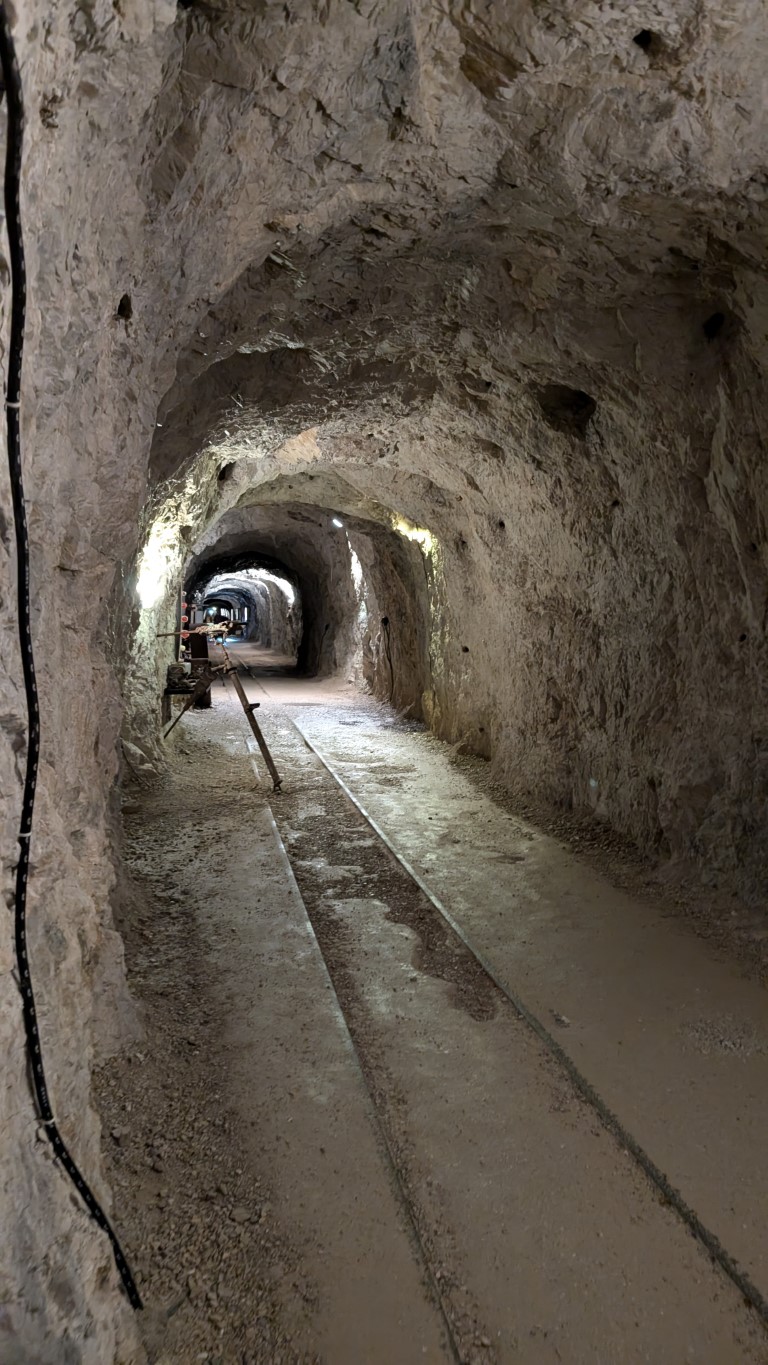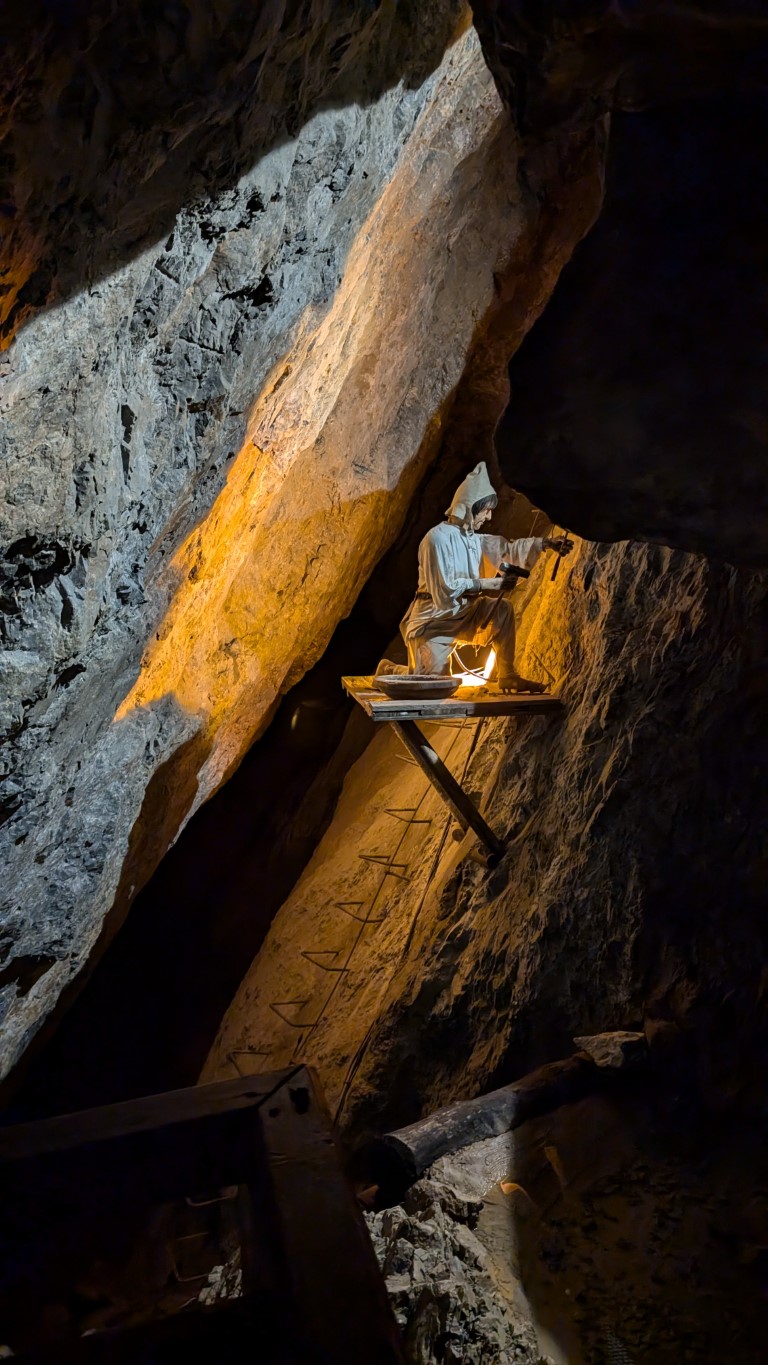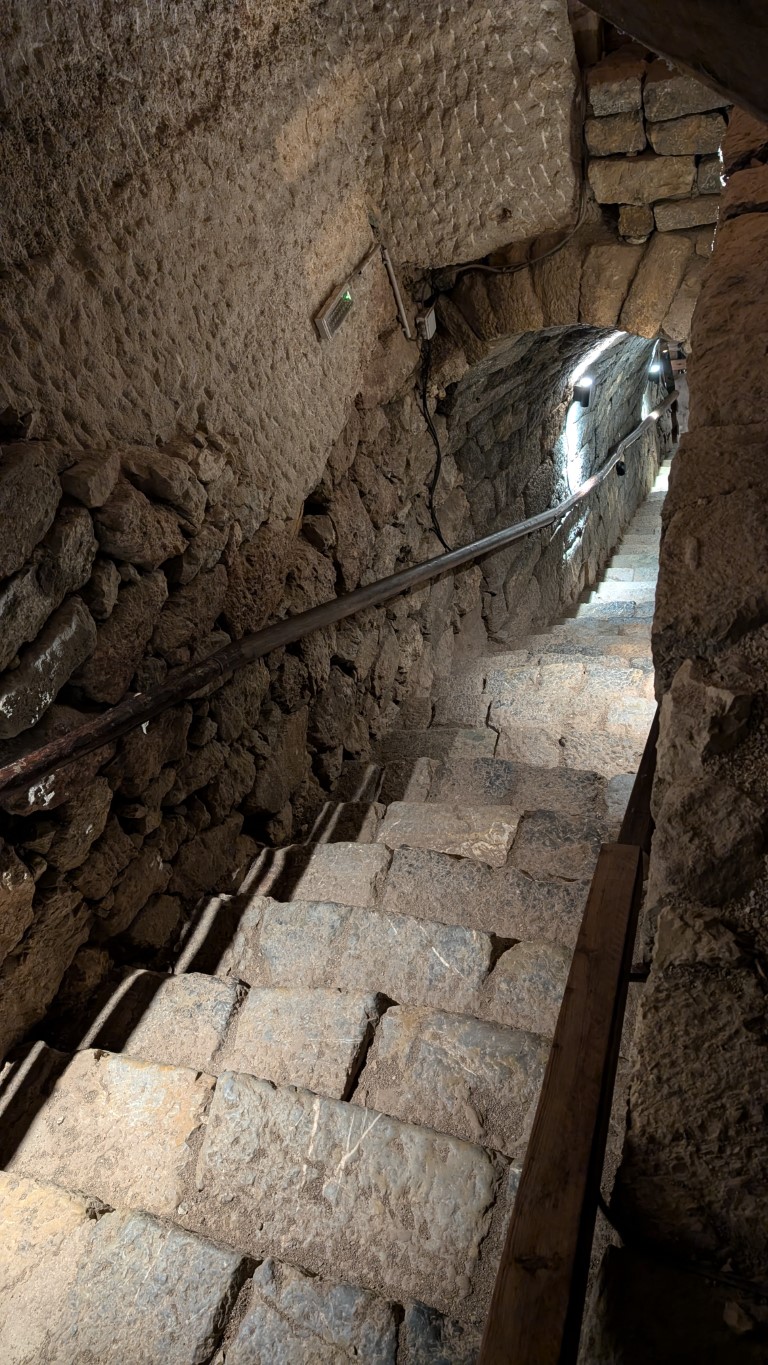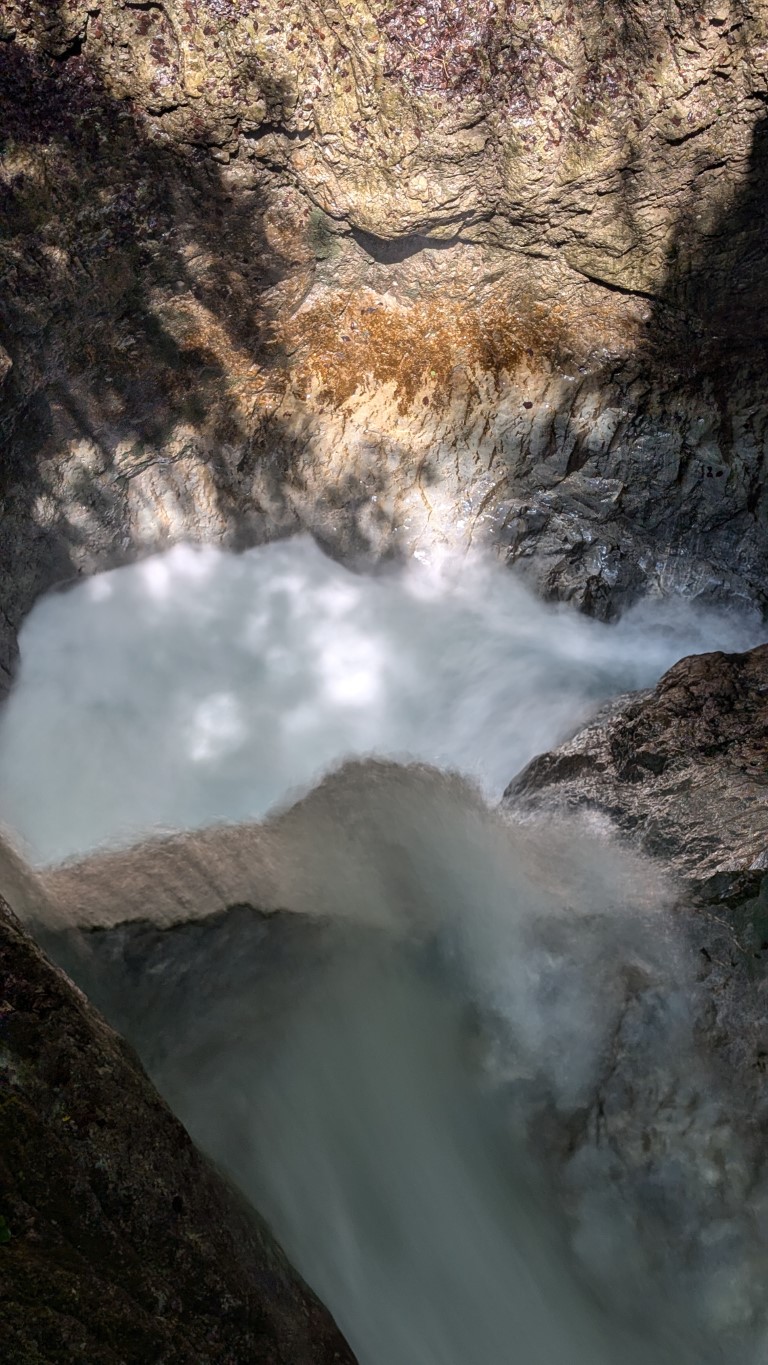It is reverently called the "mother of all mines" - the majestic silver mine of Schwaz. Once the pulsating heart of the medieval world, where veins of silver wove through the rock like lifelines in the hidden depths of the mountain, it is now a fascinating gateway into history. What was once the largest silver mine in the world is now a living visitor attraction that invites visitors on a journey into the glorious past.
Climb aboard the mine train and let yourself be carried down into the depths of time, where the walls whisper of Schwaz's pride and stories. Feel the cool embrace of the mountain and listen to the echoes of centuries past, when brave miners worked and dreamed here in the twilight of the underground.
Legend
According to legend, in 1409 a maid named Gertraud Kandlerin discovered the rich silver deposit while tending her flock in a pasture. Her gaze was drawn to an angry bull that was tearing up the ground with its horns, exposing a dark, shiny stone. This stone attracted the attention of ore prospectors who were intensively searching the area around Falkenstein, the most productive mountain in the entire Schwaz mining region.
Story
Mining was already taking place in Schwaz in the Bronze Age. Copper, which is essential for the production of bronze, contributed to the rise of Bronze Age cultures in the Inn Valley and Wipp Valley. According to legend, in 1409 the maid Gertraud Kandlerin accidentally discovered a stone containing silver, which marked the beginning of significant mining. Although this story is disputed, it is certain that Schwaz became a center of mining.
From 1420 onwards, mining attracted numerous workers from Bohemia, Saxony and other German regions. Within a short time, the small farming village of Schwaz grew into the largest mining metropolis in Europe. By 1500, Schwaz had over 20,000 inhabitants and was the second largest city in the Habsburg Empire after Vienna. In 1523, 85% of the world's silver was produced in Schwaz. The mining operations were increasingly controlled by wealthy foreign families such as the Fuggers from Augsburg.
The discovery of rich silver deposits in South and Central America in the mid-16th century marked the beginning of the decline of Schwaz mining. Competition and falling silver prices eventually led to the abandonment of mining in Schwaz. Nevertheless, Schwaz mining left behind a significant legacy in terms of technical and social achievements that shaped mining worldwide until the 19th century. The Fuggers, who played a key role in Schwaz's rise, withdrew from mining in 1657.
Schwaz mining was also progressive in social terms. The mining regulations of 1427 guaranteed workers rights and freedoms that were far from being taken for granted in other areas of society. The Bruderhaus, a kind of early health insurance system, provided care for injured and sick miners.
The history of Schwaz is an impressive example of the transformation from a small village to a mining metropolis and back. Despite the decline, Schwaz has left a lasting impact on the history of mining through its technical and social innovations.
Access
Deep in the silver mine, you can gain an exciting insight into the important role played by Schwaz in the Middle Ages during a 90-minute guided tour, when miners searched for silver and copper in the mines. The temperature in the mine is a constant 12 degrees - it is advisable to wear sturdy shoes and appropriate clothing. The mine train, which takes you to a depth of 800 meters, has space for around 40 people.



